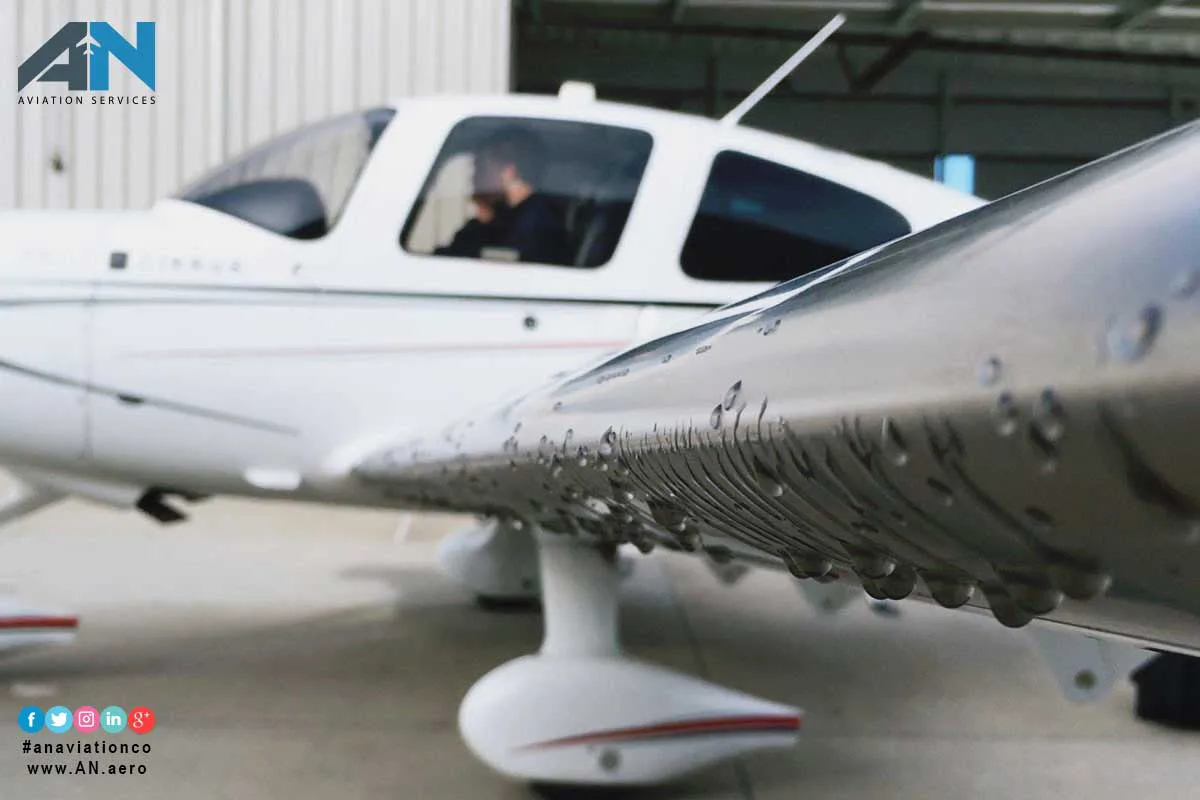
When we think of jets, we often imagine large commercial airliners or sleek military fighters soaring through the skies. However, the world of aviation has its fair share of tiny marvels, and two of the most intriguing examples are the BD 5 airplane and the FLS Microjet. These incredibly small, single-seat jets have captured the imagination of aviation enthusiasts for decades, thanks to their unique design, impressive speed, and place in popular culture.
In this article, we’ll explore the history and design of the BD-5 and the FLS Microjet, highlighting what makes these tiny jets so special, the challenges involved in building and flying them, and their lasting impact on aviation.
The Birth of the BD-5: Jim Bede’s Ambitious Vision
The story of the BD-5 airplane begins with Jim Bede, an American aircraft designer known for his innovative approach to aviation. In the early 1970s, Bede set out to create an affordable, high-performance single-seat aircraft that would appeal to private pilots and aviation enthusiasts alike. The result was the BD-5, a compact jet-powered plane that quickly gained attention for its sleek look and impressive performance capabilities.
Bede Designs introduced the BD-5 as a kit aircraft, allowing customers to purchase the parts and build the plane themselves. The idea of an affordable, high-speed jet that individuals could assemble at home was revolutionary, and the BD-5 kits generated a tremendous amount of excitement. However, as attractive as the concept was, the project encountered numerous challenges that made the BD-5 both difficult to build and challenging to fly.
The BD-5’s Unique Design and Performance
One of the standout features of the BD 5 airplane was its compact size. With a wingspan of only 21 feet and a fuselage length of just 13 feet, the BD-5 was one of the smallest manned jets ever designed. Its single-seat configuration, combined with its lightweight frame, allowed it to achieve impressive speeds of up to 200 mph. The BD-5’s design included retractable landing gear, enhancing its aerodynamics and giving it a sleek, almost futuristic appearance.
A major innovation in the BD-5 was its belt drive system, which connected the engine to the propeller or jet engine, depending on the model. This drive system allowed for a compact design but proved to be problematic over time. The aircraft’s small size and high speed made it sensitive to control inputs, requiring skilled handling from pilots. Moreover, the engine problem plagued early models of the BD-5, with several engine failures reported during test flights.
The initial model, the BD-5A, was powered by a piston engine, but Jim Bede later introduced a jet-powered variant, the BD-5J, which used a micro-turbojet engine. This variant achieved even higher speeds and gave the BD-5J a unique place in aviation history as one of the smallest jet-powered aircraft in the world.
Challenges and the Downfall of the BD-5
While the BD-5 generated substantial enthusiasm, it also faced significant challenges that eventually led to its decline. The most notable issues were related to the engine problem and the drive system. Finding a reliable engine small enough to fit the BD-5’s compact frame but powerful enough to achieve high speeds proved to be an ongoing struggle. The belt drive system, though innovative, also contributed to mechanical issues that many builders found difficult to troubleshoot.
As a result, many BD-5 kits went unfinished, and several customers faced complications with the assembly. Despite Jim Bede’s ambitious vision, the technical difficulties and difficult-to-build nature of the BD-5 meant that only a limited number of these aircraft were ever completed and flown.
Despite these setbacks, the BD-5 remains a beloved aircraft among aviation enthusiasts. Its sleek design, high speed, and unique concept have cemented its status as a cult classic. The BD-5 even found fame in pop culture, making an appearance in the 1983 James Bond film Octopussy, where Les Berven performed a thrilling stunt sequence with the BD-5J, showcasing the aircraft’s agility and speed.
The FLS Microjet: A Modern Tribute to the BD-5
The FLS Microjet is a modernized version of the BD-5, developed by a company called BD-Micro Technologies. Building on the legacy of the original BD-5, the FLS Microjet incorporates advanced materials and improved engineering to address many of the issues that plagued its predecessor. While it retains the single-seat design and compact dimensions, the FLS Microjet benefits from modern technology, making it more reliable and easier to operate than the original BD-5.
The FLS Microjet is often seen at air shows, where its high-speed passes and impressive maneuvers captivate audiences. With a top speed similar to the BD-5’s 200 mph, the FLS Microjet can perform thrilling aerobatics in a way that few other aircraft of its size can. Its compact size and jet-powered capabilities make it a popular choice for air show performers, bringing the legacy of the BD-5 into the modern era while offering a safer, more reliable flying experience.
High-Speed Thrills and the James Bond Connection
One of the reasons the BD-5 and FLS Microjet remain so iconic is their association with high-speed thrills and Hollywood. The BD-5J achieved worldwide fame when it appeared in the James Bond movie Octopussy. In the film’s opening sequence, Bond uses a BD-5J to escape from his enemies, showcasing the aircraft’s agility and speed in a way that left a lasting impression on audiences. This association with the world of James Bond added an element of mystique to the BD-5, cementing its place in aviation history.
Even today, the FLS Microjet pays homage to this legacy. With pilots performing daring aerobatic displays at air shows, the FLS Microjet continues to thrill crowds and remind them of the incredible innovation that Jim Bede brought to aviation with his original design. The combination of small size, high speed, and advanced aerodynamics makes these jets uniquely suited for stunt flying and adds to their appeal as performance aircraft.
The Legacy of Jim Bede and His Designs
Jim Bede was a visionary in aviation, and although the BD-5 faced significant challenges, his contributions to aircraft design are undeniable. Bede’s commitment to pushing the boundaries of what was possible led to the creation of one of the most remarkable single-seat jets in aviation history. His work inspired a generation of aircraft designers and pilots, even if the BD-5 did not achieve commercial success.
The challenges associated with building and flying the BD-5, such as the engine problem and complex drive system, were significant, but they also highlighted the innovative spirit behind Bede’s designs. The introduction of jet-powered capabilities in such a small frame was groundbreaking at the time, and the BD-5’s enduring popularity speaks to the aircraft’s unique place in aviation history.
Today, the BD-5 and FLS Microjet continue to captivate aviation enthusiasts. Whether they’re watching an FLS Microjet perform at an air show or reading about the BD-5’s place in James Bond lore, fans of aviation recognize these aircraft as symbols of creativity and ambition. The legacy of Jim Bede and the BD-5 lives on, reminding us of the limitless possibilities in aircraft design.
Conclusion: Small Jets, Big Impact
The BD-5 and FLS Microjet may be small, but their impact on the aviation world is anything but minor. These aircraft pushed the boundaries of design, combining high speed and agility in a compact, single-seat frame that remains unmatched in the world of jet-powered aircraft. Although the BD-5 faced significant challenges in its development and operation, its influence is still felt today through the FLS Microjet and its continued presence at air shows around the world.
For aviation enthusiasts, the BD-5 and FLS Microjet represent more than just small jets—they symbolize a spirit of innovation and the thrill of high-speed flight. From the belt drive system to the compact landing gear, each part of the BD-5 was designed with ingenuity, even if it proved difficult to build and operate. And thanks to their association with high-octane stunts and Hollywood action, these jets have become icons in their own right.
Whether you’re a pilot, an aviation fan, or simply intrigued by unique aircraft, the world’s smallest jets offer a fascinating glimpse into the power of creative thinking in aviation. These jets remind us that sometimes, big dreams come in small packages—and they can fly faster than you’d ever expect.










